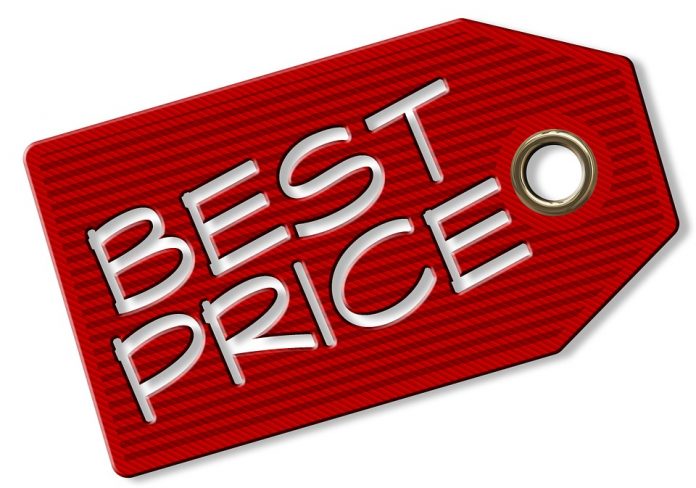Indian consumers are a price-conscious lot. Period. So when you think of pricing your products, you may want to ensure your prices are such that your target audience does not equate them to burning a hole in their pockets.
General steps to follow in setting product prices
Set the pricing objective
-
- This is one of the most important steps.
- Setting a low price might attract more customers and fetch a larger market share for the product while a higher product price may reflect on the quality of the product.
Decide the demand for the product
-
- The demand for the product on all marketplaces is a factor that sets a ‘ceiling price’.
- Make use of “penetration pricing” strategy when the product has a highly elastic demand and there is strong competition for the product in the market.
- This policy is generally followed during the initial stages of introduction of a new product.
- Under this policy, prices are fixed below the competitive level in order to obtain a larger share of the market. Once the product is in demand or is accepted in the market, the price can be increased.
- But when the demand for the product with respect to price is more inelastic, higher prices are charged for the product.
Estimate costs and profits
-
- The amount spent and expected return is a key factor in deciding the price.
- The various costs involved in producing the product must be covered in pricing the product.
Identify competitors
-
- All possible competitors for the product and the policies they follow are important factors.
- If a case arises where the product is similar to the products sold by competitors, using competitive pricing is the best option.
Selecting a suitable pricing method/policy
Pricing research and adopting test-marketing techniques are used to determine the right price for products. The various pricing methods are:
Perceived value pricing
-
- A pricing policy in which a price is set in relation to the value perceived by the customer.
- Such a perceived value depends on several factors like the customers’ image of the product’s performance, warranty, trustworthiness, esteem, etc.
- Each customer gives different precedence to these factors. Some buyers may be price buyers or value buyers or even loyal buyers.
- The company’s potential profits may depend on whether the price is higher or lower than the value perceived.
Value pricing
-
- A policy in which companies develop brand loyalty by charging a fairly low price for a high-quality product.
Going rate pricing
-
- A pricing policy followed by companies by setting the price as same as, more or less, than the major competitor’s price.
Premium pricing
-
- A policy that can be applied when a product is innovative and the competition for it is low or non-existent, thus optimizing profits.
- However, prices are lowered when competition arises for the mentioned product.
Ethical pricing
-
- A fixed price is kept, keeping the welfare of the society in mind.
- The product is sold at the lowest possible price with either a very reasonable margin or no profit at all.
- This particular policy is used for many life-saving drugs.
Full Line pricing
-
- It is a policy that retailers use to categorize goods based on cost creating different quality levels in the customer’s mind.
- Product line pricing is more effective when there are ample price gaps between each product category so that the consumer is well informed of the quality differentials.
Disclaimer: This information has been collected through secondary research and TJM Media Pvt Ltd. is not responsible for any errors in the same.




























